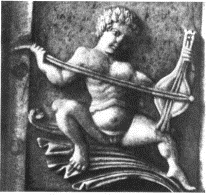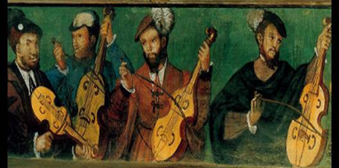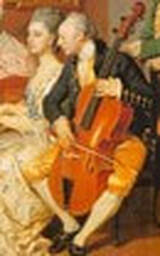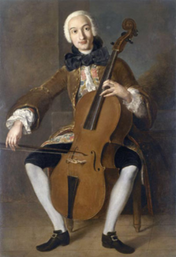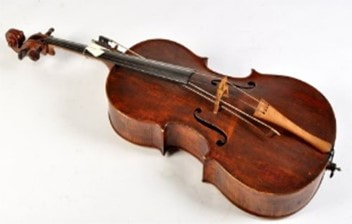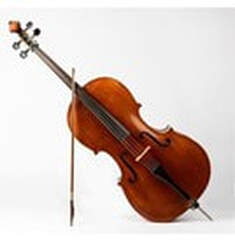History of the Cello
Records of bowed stringed instruments go back to the Middle Ages, where it is thought that they originated in Central Asia before spreading (via trade routes) to other parts of the world.
9th Century |
11th-12th Century (Medieval) |

